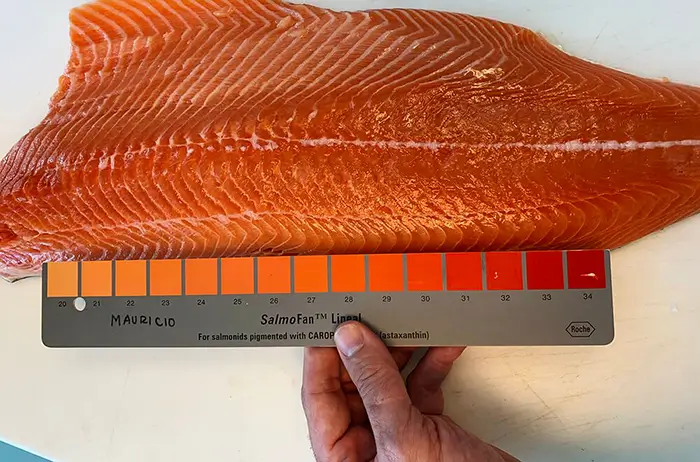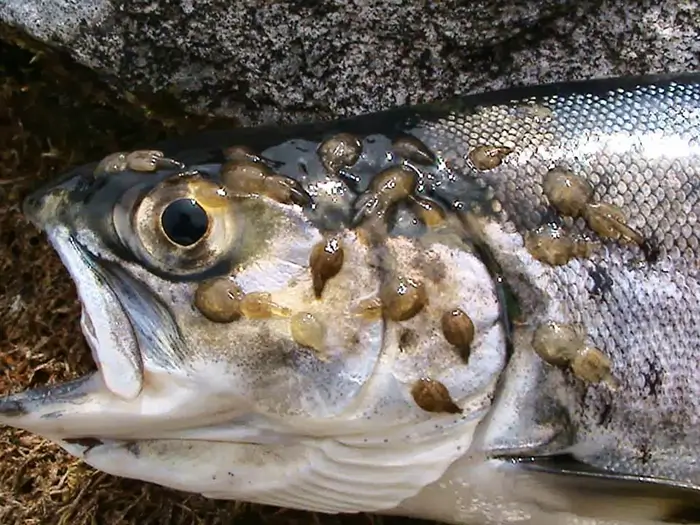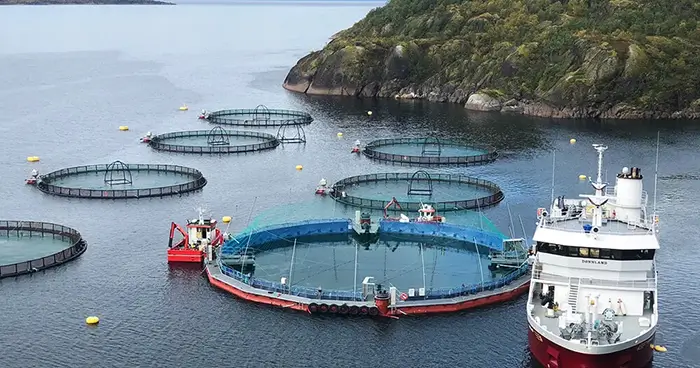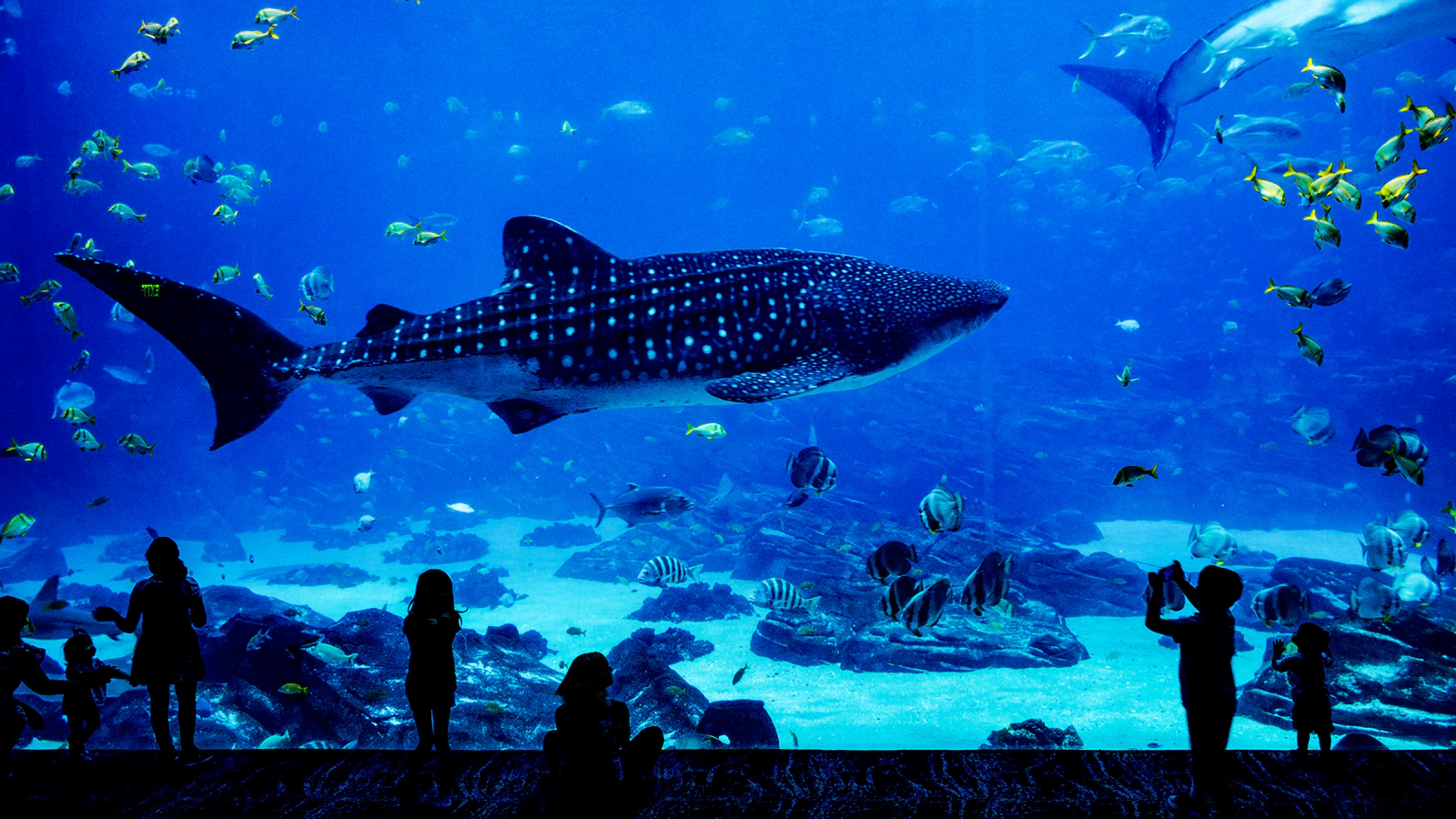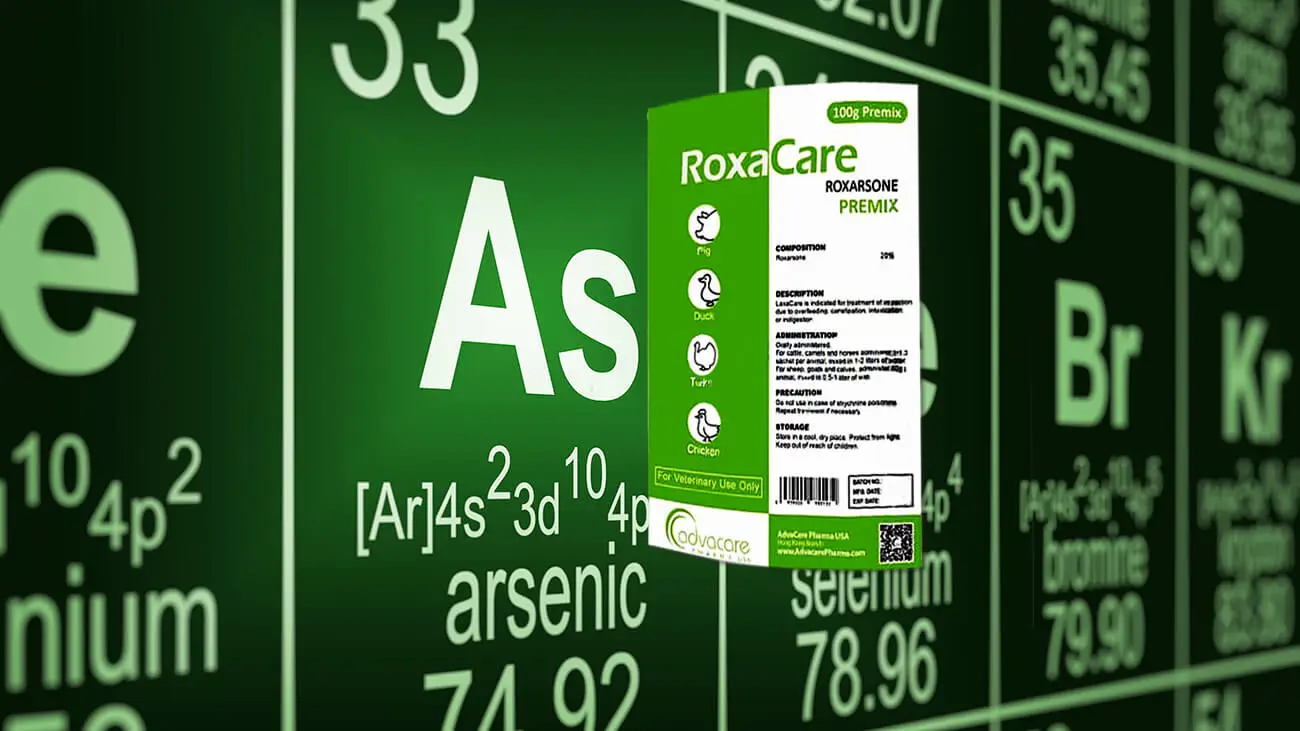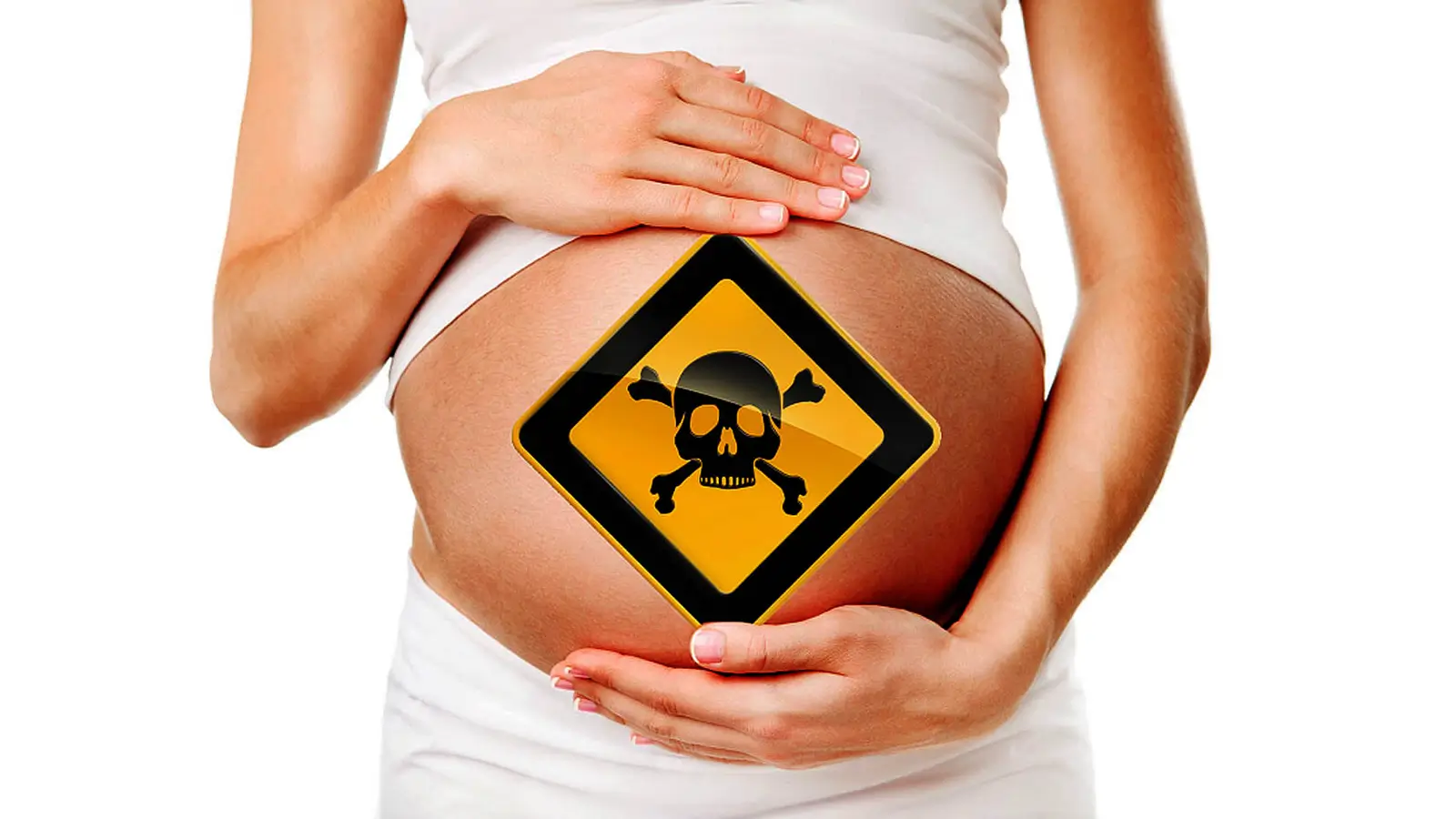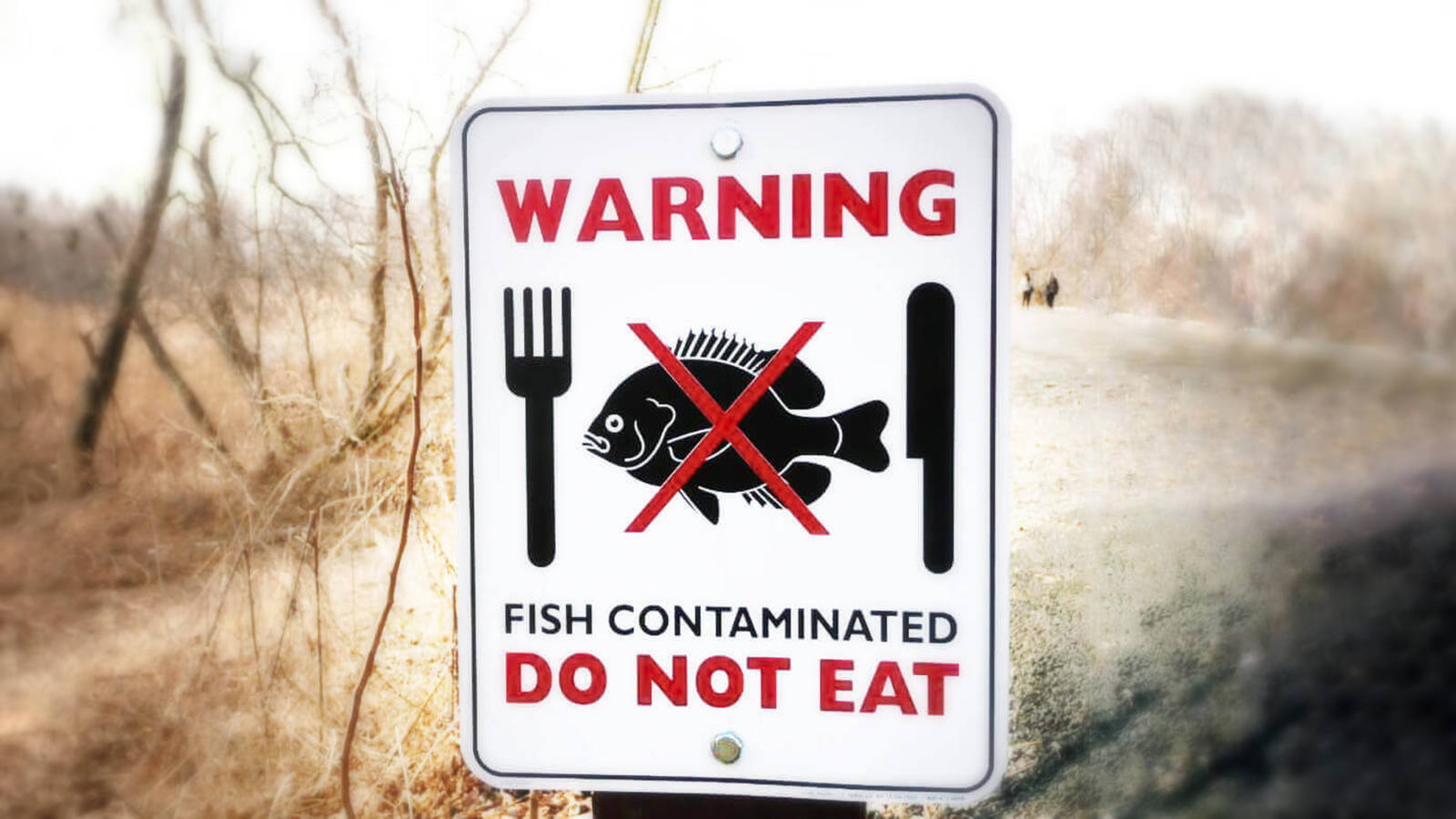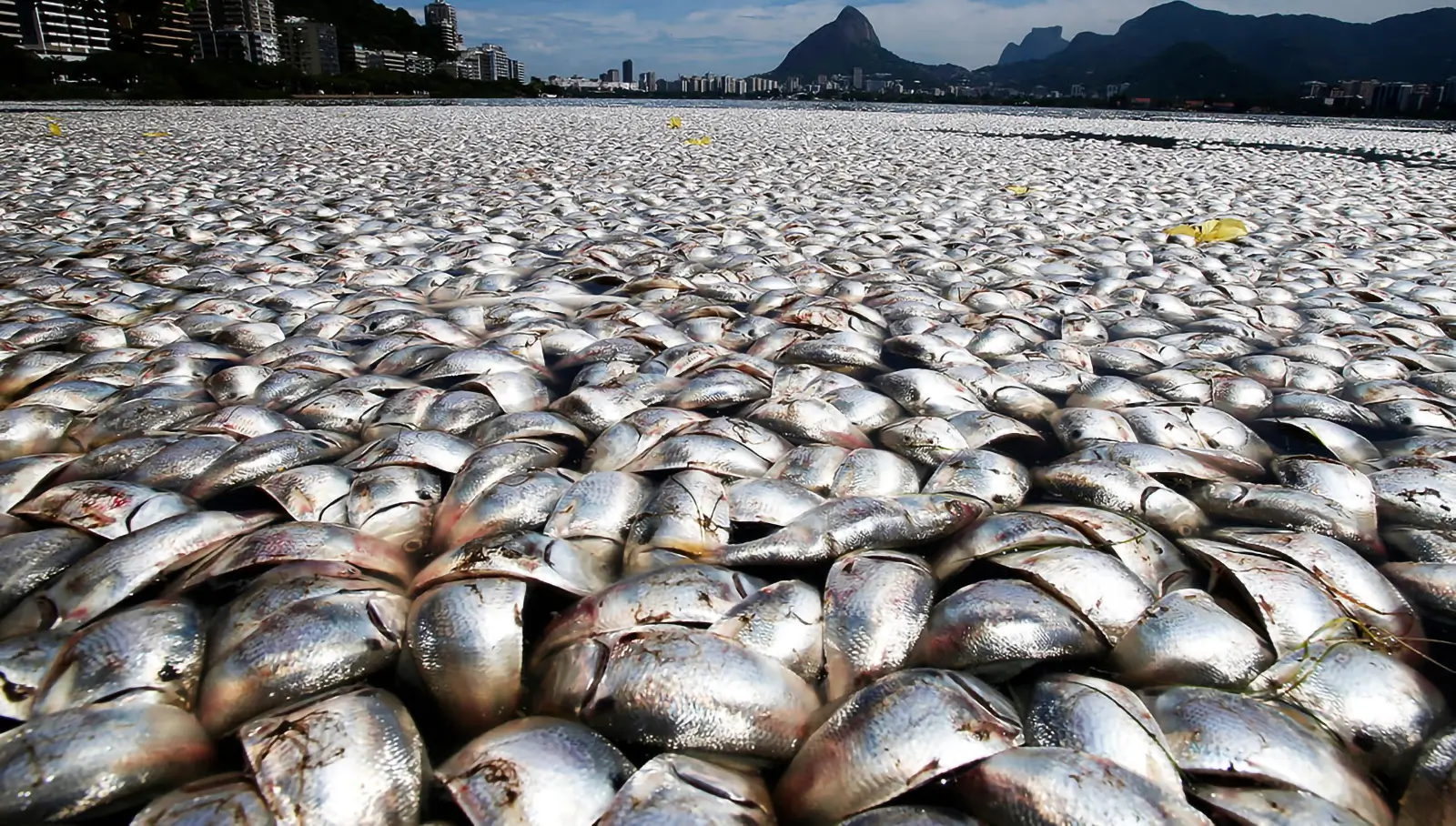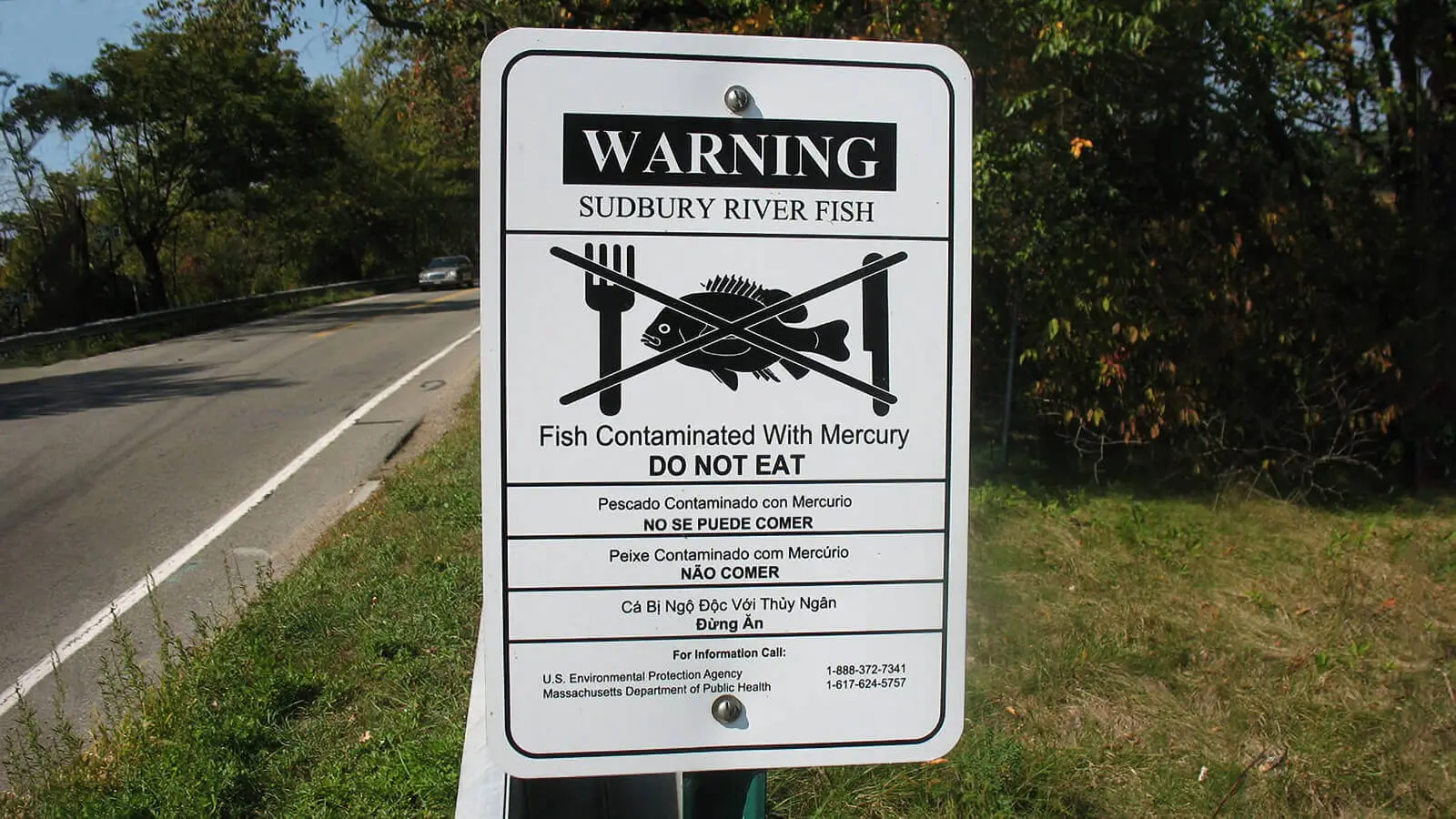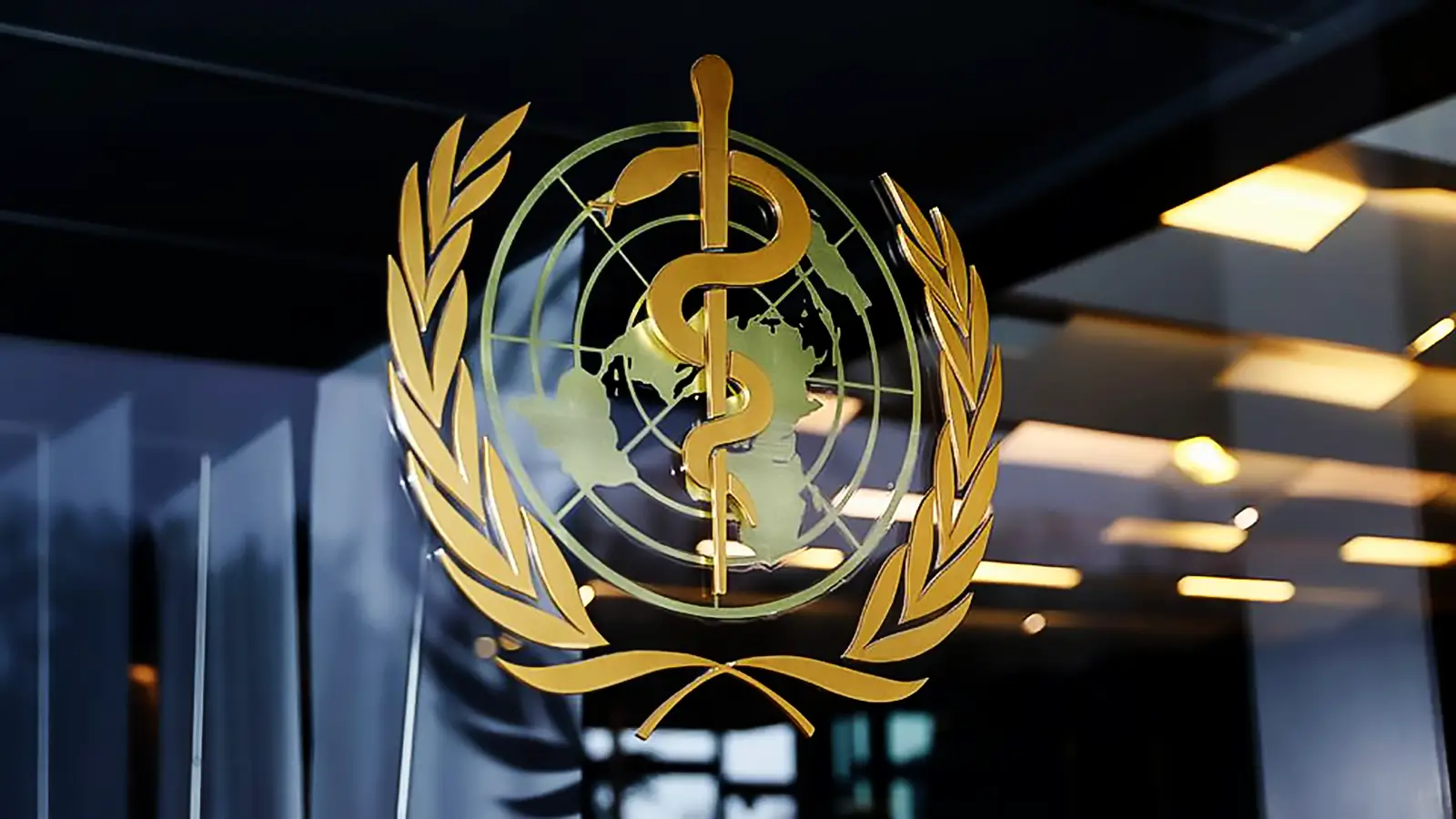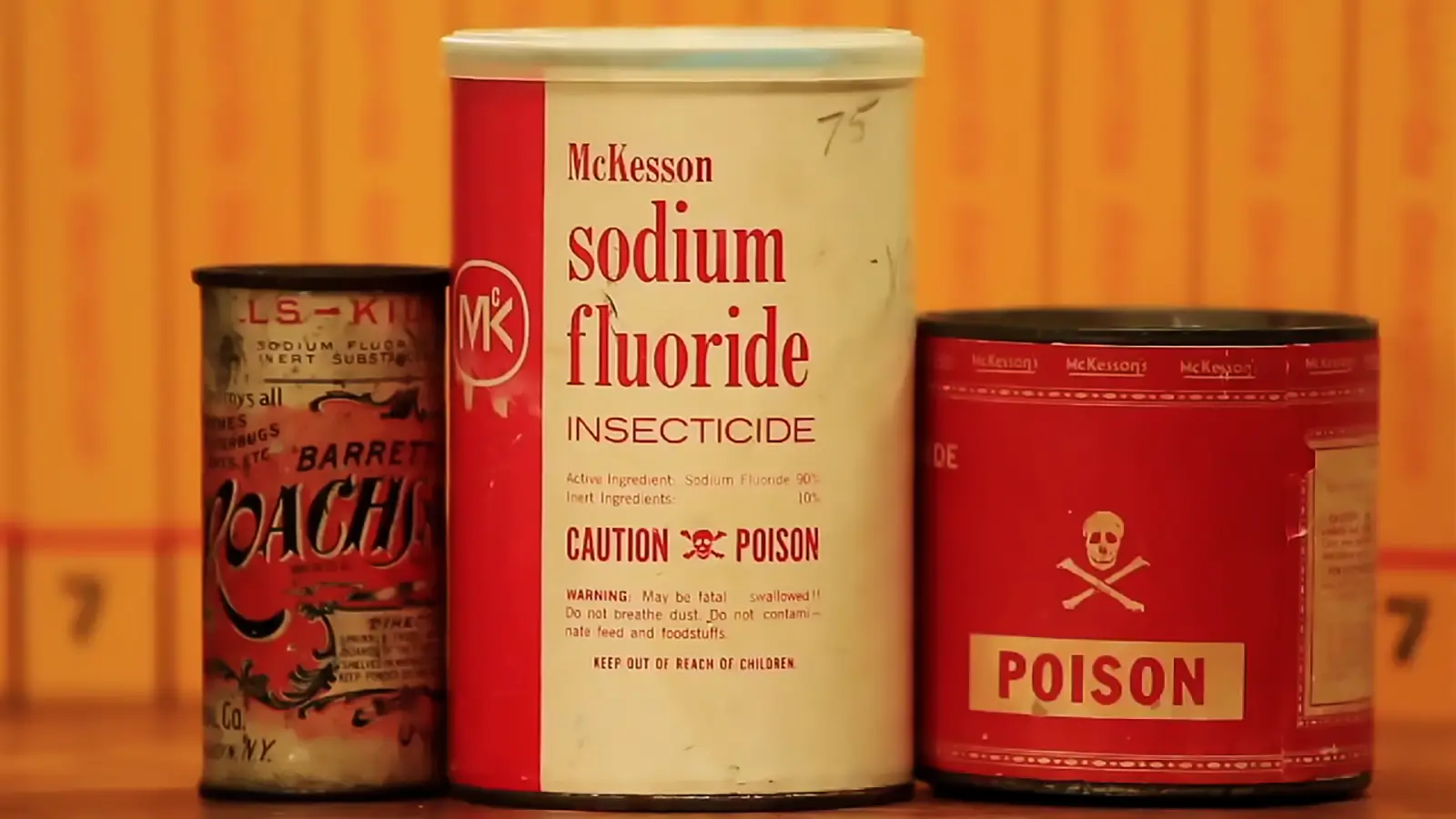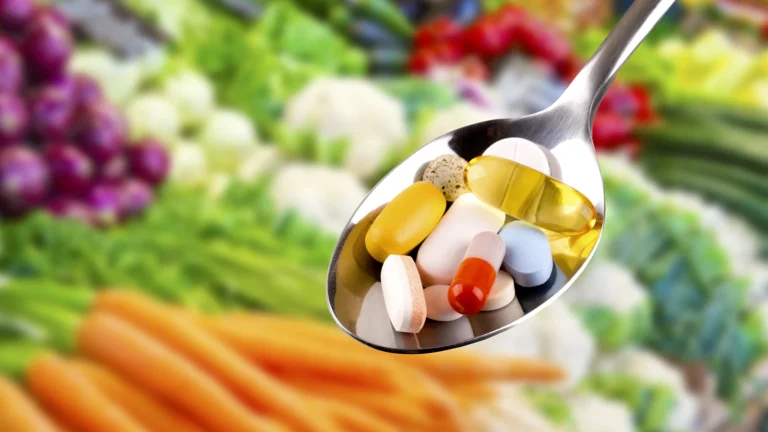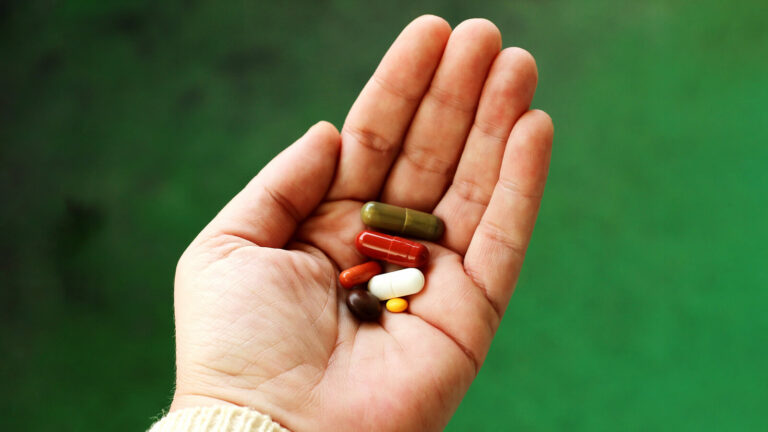Farmed fish- “Cesspool” paradise
Farmed fish have up to ten times more pollutants. After vaccination fish is always on antibiotics and pesticides.
Milos Pokimica
Written By: Milos Pokimica
Medically Reviewed by: Dr. Xiùying Wáng, M.D.
Updated June 9, 2023Because of the increasing need for seafood and fish and the fact that our entire ocean is becoming depleted fish will mostly if not completely be farmed fish as a rule. Currently over half of all fish are farmed fish. World Bank estimates that by 2030 around two-thirds of all seafood would be farm-raised. The most common farm-raised fish are tilapia, salmon, catfish, sea bass, and cod.
Farmed fish have up to ten times more pollutants.
Samples of farmed salmon have shown that it contains eight times the levels of PCBs compared to wild salmon, four times the levels of commercial beef, and 3.5 times that of other seafood. In a couple of studies, they analyzed more than 700 salmon samples from around the world. Most of these toxins are stored in the fat of the fish.
It is the same story if we would compare game meat with the meat of the farm-raised animal.
Much of the pollutants came from food that is given to the farmed fish. Food is the same as food for other farm animals and if chicken and pork have bioaccumulation of POPs (persisting organic pollutants) so would the fish but because the fish are enclosed in water tanks the situation gets worse because fish then starts to accumulate the pollutants from the water as well.
Fish waste and also uneaten feed will drop to the bottom beneath these farms and start to decompose.
Average size salmon farms will produce the amount of excrement equivalent to the sewage of a city of ten thousand people. It is the breeding ground for bacteria that consume oxygen, and oxygen is vital for marine animals, especially shellfish and other bottom-dwelling sea creatures. Also, the excrement of the animals themselves is used as fish feed.
Chickens only use up to 30 percent of the nutrients from their feed. That means that 70 percent of nutrients are still in their droppings. Fish can eat those droppings and absorb all of the remaining protein, carbohydrates, vitamins, and minerals. These droppings if uneaten will also fall and settle at the bottom. Then, with time, insect larvae will develop, and the fish will eat the larvae that are filled with pollutants from the excrement themselves. Not only that but the transfer of pig waste is common practice too. It is an economically sound design technique known as integrated livestock-fish farming. Waste from chickens, ducks, and pigs is transferred directly to the fish farms. Fish like tilapia and carp use plankton as a primary food source. If the dosage is right, manure will give a massive boost to the growth of the plankton in the pounds. This fertilization of the fish pounds will dramatically improve the fish’s growth and the level of toxicity.
Because in farms fish do not eat wild food only the feed they lack astaxanthin. Astaxanthin is a red pigment from algae that algae use as a defense against UV light and represent one of the most potent antioxidants in marine habitats. The pink color of salmon and for example, the pink color of pink flamingos are a consequence of astaxanthin consumption. Pink flamingos are born white. In farming conditions, fish lack a wide variety of phytochemicals that they will naturally eat in the ocean, so they are given dyes. Farmed salmon regularly has dye added to it. Die is synthetically produced carotenoid astaxanthin that is used as a colorant. It even has different shades that range from carophyll pink from Roche to lucantin pink from BASF. These dyes are a scam. They have no purpose. Their only job is to fool you, the consumer, into thinking the product is natural-looking, healthy, and flavorful.
Besides farming waste, the crowded conditions that these fish are in will lead them to be more susceptible to disease as well. It can be compared to regular farming which is a breeding ground for infections and parasites. In the ocean, fish is scattered and infections will typically exist at a minimal level. In densely packed oceanic feedlots, diseases and parasites can run rampant. In order to cope with these conditions farmed fish are vaccinated as minnows. After vaccination fish is always on antibiotics and pesticides. One of the most significant problems for the industry is sea lice. In the wild usually, it is not problematic at all, but in the fish tanks, it is an entirely different story. At the first sign of an outbreak, farmers will add substantial amounts of pesticides to the feed.
Because they are fed with fish feed, they also lack omega-three fatty acids. Fish in the wild get omega-three from algae. Fish feed is nothing more than grounded fishmeal and vegetable protein and that mixed together with the help of binding agents such as wheat. In all types of fish examined, the amount of omega-three fats was considerably higher in wild fish. Generally, farm-raised fish will be cheaper, will have 10-30% more fat than wild-caught fish (and that is not omega-3 fatty acids as propaganda regurgitate but just fat which you already get too much of) with a higher level of toxicity and lower-level if any at all of the omega-three acids.
The solutions are closed systems. They treat and then recycle water and don’t contaminate nearby wild habitats but that way of fish production is much more expensive, and we forgot that wild fish is polluted just by itself. The inflammatory potential of clean, unpolluted fish just by itself is far higher than that of a hamburger or pork bacon. Also, then we have pollution on top of that.
If you think that eating salmon is healthy, you as well might just go with the bacon. All farmed fish and shrimp are just poison. Shrimp and tilapia are some of the dirtiest. Most of the shrimp and tilapia that you see in the markets and stores are from farms.
References:
Passages selected from a book: Pokimica, Milos. Go Vegan? Review of Science Part 2. Kindle ed., Amazon, 2018.
- Mo, Wing Yin et al. “Use of food waste, fish waste and food processing waste for China’s aquaculture industry: Needs and challenge.” The Science of the total environment vol. 613-614 (2018): 635-643. doi:10.1016/j.scitotenv.2017.08.321
- Dórea, José G. “Fish meal in animal feed and human exposure to persistent bioaccumulative and toxic substances.” Journal of food protection vol. 69,11 (2006): 2777-85. doi:10.4315/0362-028x-69.11.2777
- Costa, Lucio G. “Contaminants in fish: risk-benefit considerations.” Arhiv za higijenu rada i toksikologiju vol. 58,3 (2007): 367-74. doi:10.2478/v10004-007-0025-3
- Cabello, Felipe C. “Heavy use of prophylactic antibiotics in aquaculture: a growing problem for human and animal health and for the environment.” Environmental microbiology vol. 8,7 (2006): 1137-44. doi:10.1111/j.1462-2920.2006.01054.x
Related Posts
Do you have any questions about nutrition and health?
I would love to hear from you and answer them in my next post. I appreciate your input and opinion and I look forward to hearing from you soon. I also invite you to follow us on Facebook, Instagram, and Pinterest for more diet, nutrition, and health content. You can leave a comment there and connect with other health enthusiasts, share your tips and experiences, and get support and encouragement from our team and community.
I hope that this post was informative and enjoyable for you and that you are prepared to apply the insights you learned. If you found this post helpful, please share it with your friends and family who might also benefit from it. You never know who might need some guidance and support on their health journey.
– You Might Also Like –

Learn About Nutrition
Milos Pokimica is a doctor of natural medicine, clinical nutritionist, medical health and nutrition writer, and nutritional science advisor. Author of the book series Go Vegan? Review of Science, he also operates the natural health website GoVeganWay.com
Medical Disclaimer
GoVeganWay.com brings you reviews of the latest nutrition and health-related research. The information provided represents the personal opinion of the author and is not intended nor implied to be a substitute for professional medical advice, diagnosis, or treatment. The information provided is for informational purposes only and is not intended to serve as a substitute for the consultation, diagnosis, and/or medical treatment of a qualified physician or healthcare provider.NEVER DISREGARD PROFESSIONAL MEDICAL ADVICE OR DELAY SEEKING MEDICAL TREATMENT BECAUSE OF SOMETHING YOU HAVE READ ON OR ACCESSED THROUGH GoVeganWay.com
NEVER APPLY ANY LIFESTYLE CHANGES OR ANY CHANGES AT ALL AS A CONSEQUENCE OF SOMETHING YOU HAVE READ IN GoVeganWay.com BEFORE CONSULTING LICENCED MEDICAL PRACTITIONER.
In the event of a medical emergency, call a doctor or 911 immediately. GoVeganWay.com does not recommend or endorse any specific groups, organizations, tests, physicians, products, procedures, opinions, or other information that may be mentioned inside.
Editor Picks –
Milos Pokimica is a doctor of natural medicine, clinical nutritionist, medical health and nutrition writer, and nutritional science advisor. Author of the book series Go Vegan? Review of Science, he also operates the natural health website GoVeganWay.com
Latest Articles –
Plant Based News
-
Vegan Quinoa And Feta Salad
on July 11, 2025
-
‘If I Could Only Make One Plant-Based Recipe, This Would Be It’
on July 10, 2025
-
5-Ingredient Vegan Bread And Butter Pudding
on July 10, 2025
-
10 Quick Vegan Weekday Breakfasts
on July 9, 2025
-
This Tempeh Parmesan Recipe Has Gone Viral For A Reason
on July 8, 2025
-
This High-Protein Vegan Kimchi Jjigae Might Be The Best Yet
on July 8, 2025
-
16 Vegan Trader Joe’s Meals You Need To Know
on July 7, 2025
Top Health News — ScienceDaily
- Lemurs age without inflammation—and it could change human health foreveron July 10, 2025
What if humans didn’t have to suffer the slow-burning fire of chronic inflammation as we age? A surprising study on two types of lemurs found no evidence of “inflammaging,” a phenomenon long assumed to be universal among primates. These findings suggest that age-related inflammation isn’t inevitable and that environmental factors could play a far bigger role than we thought. By peering into the biology of our primate cousins, researchers are opening up new possibilities for preventing […]
- This tiny implant could save diabetics from silent, deadly crasheson July 10, 2025
MIT engineers have developed a tiny implantable device that could revolutionize emergency treatment for people with Type 1 diabetes. The device contains a powdered form of glucagon and can be remotely triggered—either manually or automatically by a glucose monitor—to release the hormone when blood sugar drops too low. This offers a potentially life-saving safety net, especially during sleep or for young children.
- Your Brain’s Hidden Defenses Against Alzheimer’son July 10, 2025
Scientists at UCSF combined advanced brain-network modeling, genetics, and imaging to reveal how tau protein travels through neural highways and how certain genes either accelerate its toxic journey or shield brain regions from damage. Their extended Network Diffusion Model pinpoints four gene categories that govern vulnerability or resilience, reshaping our view of Alzheimer’s progression and spotlighting fresh therapeutic targets.
- No training needed: How humans instinctively read nature’s signalson July 10, 2025
People can intuitively sense how biodiverse a forest is just by looking at photos or listening to sounds, and their gut feelings surprisingly line up with what scientists measure.
- This muscle supplement could rewire the brain—and now scientists can deliver iton July 10, 2025
Creatine isn’t just for gym buffs; Virginia Tech scientists are using focused ultrasound to sneak this vital energy molecule past the blood-brain barrier, hoping to reverse devastating creatine transporter deficiencies. By momentarily opening microscopic gateways, they aim to revive brain growth and function without damaging healthy tissue—an approach that could fast-track from lab benches to lifesaving treatments.
- Doctors say we’ve been misled about weight and healthon July 10, 2025
Losing weight isn’t always winning at health, say experts challenging the long-standing obsession with BMI and dieting. New evidence shows that most people with higher body weight can’t sustain long-term weight loss through lifestyle changes—and the pressure to do so may actually cause harm. From disordered eating to reinforced stigma, the consequences go beyond the physical. A growing movement urges doctors to shift away from the scale and toward personalized, compassionate care that […]
- Matching your workouts to your personality could make exercising more enjoyable and give you better resultson July 9, 2025
Less than a quarter of us hit WHO activity targets, but a new UCL study suggests the trick may be matching workouts to our personalities: extroverts thrive in high-energy group sports, neurotics prefer private bursts with breaks, and everyone sees stress levels drop when they find exercise they enjoy.
PubMed, #vegan-diet –
- Effects of different dietary patterns on glucose management in type 1 diabetes: a systematic review and meta-analysis of randomized controlled trialson July 11, 2025
BACKGROUND: Effective glucose management is essential to prevent complications in type 1 diabetes. While nutrition therapy is crucial, the optimal diet remains uncertain. Our systematic review and meta-analysis synthesized evidence from randomized controlled trials (RCTs) on the impact of various diets on glucose management in type 1 diabetes.
- Dietary acid load on the Mediterranean and a vegan diet: a secondary analysis of a randomized, cross-over trialon July 10, 2025
CONCLUSION: These findings suggest that, compared with the Mediterranean diet, dietary acid load decreased significantly on the low-fat vegan diet and was associated with weight loss. The alkalizing effect of a vegan diet may be an independent mechanism by which a vegan diet promotes weight loss.
- Effects of vegan diets and lifestyle on adult body composition: a narrative reviewon July 10, 2025
The health benefits of vegan diets are well documented, though achieving nutritional adequacy requires careful planning, as is the case with any well-designed diet. Vegan diets effectively address obesity, with emerging evidence suggesting that body composition analysis offers a more accurate assessment of body weight management than traditional body mass index (BMI) calculations. This narrative review evaluates the impact of vegan diets on adult body composition based on 16 human […]
- Framing the meat consumption transition: A statistical learning approach to explore the factors shaping young adults’ food choices in Germany and Italyon July 6, 2025
This study examines the factors driving changes in meat consumption among young adults in Germany and Italy-two high-income countries that, despite their distinct culinary traditions, have seen a convergence in meat consumption levels in recent years. The research addresses two aims: to examine the role of environmental attitudes in shaping dietary choices and to explore the impact of socio-demographic factors on meat-consumption patterns. The analysis employs the General Ecological Behavior…
- Health and environmental impacts of shifting to plant-based analogues: a risk-benefit assessmenton July 5, 2025
CONCLUSION: PBAs can be considered feasible alternatives to animal-based foods, and the results emphasise meat substitution as a crucial factor for health and environmental benefits.
Random Posts –
Featured Posts –

Latest from PubMed, #plant-based diet –
- Association between protein diet score and colorectal adenomas risk: a prospective studyby Yangpiaoyi Shi on July 11, 2025
CONCLUSION: Our findings indicate that higher Protein Diet Score is associated with reduced colorectal adenoma incidence among middle-aged and elderly Americans, with similar findings observed for the PAR. These results provide important evidence for optimizing protein intake and source composition to promote intestinal health.
- Dietary acid load on the Mediterranean and a vegan diet: a secondary analysis of a randomized, cross-over trialby Hana Kahleova on July 10, 2025
CONCLUSION: These findings suggest that, compared with the Mediterranean diet, dietary acid load decreased significantly on the low-fat vegan diet and was associated with weight loss. The alkalizing effect of a vegan diet may be an independent mechanism by which a vegan diet promotes weight loss.
- Impact of Elateriospermum tapos Supplementation on Leptin and Hypothalamic Signaling in Female Offspring of High-Fat Diet-Induced Obeseby Santhra Segaran Balan on July 10, 2025
CONCLUSION: In conclusion, the E. tapos shell significantly reduced maternal obesity in female offspring at PND21 compared to its seed.
- Effects of diet on sperm functionality and cryopreservation tolerance in Atlantic salmon (Salmo salar)by Elías Figueroa Villalobos on July 10, 2025
This study evaluates the impact of dietary composition on the functionality and cryopreservation tolerance of intratesticular spermatozoa in Atlantic salmon (Salmo salar). A total of 40 males were divided into four dietary treatment groups: Diet I, based on marine-derived lipids and proteins; Diet II, replacing 65 % of marine proteins and 51 % of lipids with plant and terrestrial animal sources; and two commercial reference diets (III and IV) to contrast with the experimental diets. Over a…
- Healthy Plant-Based Diet Is Associated With a Reduced Risk of Inflammatory Bowel Disease: A Large-Scale Prospective Analysisby Zhenhe Jin on July 9, 2025
Current studies indicated a potential inverse association between plant-based diets (PBD) and inflammatory bowel disease (IBD). Large-scale research is needed to confirm the protective role of PBD in IBD risk. This study evaluated the associations between PBD and IBD risk and explored potential mediators. This prospective cohort study included 143 434 UK Biobank participants, using 24-h dietary recalls to calculate PBD indexes. Cox regression assessed associations between PBD and IBD risk….
- Associations of nutritional knowledge with dietary patterns and breast cancer occurrenceby Beata Stasiewicz on July 9, 2025
It is well-established that women’s nutrition knowledge (NK) is strongly associated with children’s nutritional outcomes. However, the association of women’s NK with their own diet and health status, including cancer occurrence, remains unknown. This case-control study aimed to assess the associations of NK with dietary patterns (DPs) and breast cancer (BC) occurrence in peri- and postmenopausal women. Data were collected for 417 women aged 40.0-79.9 years from north-eastern Poland, including…
